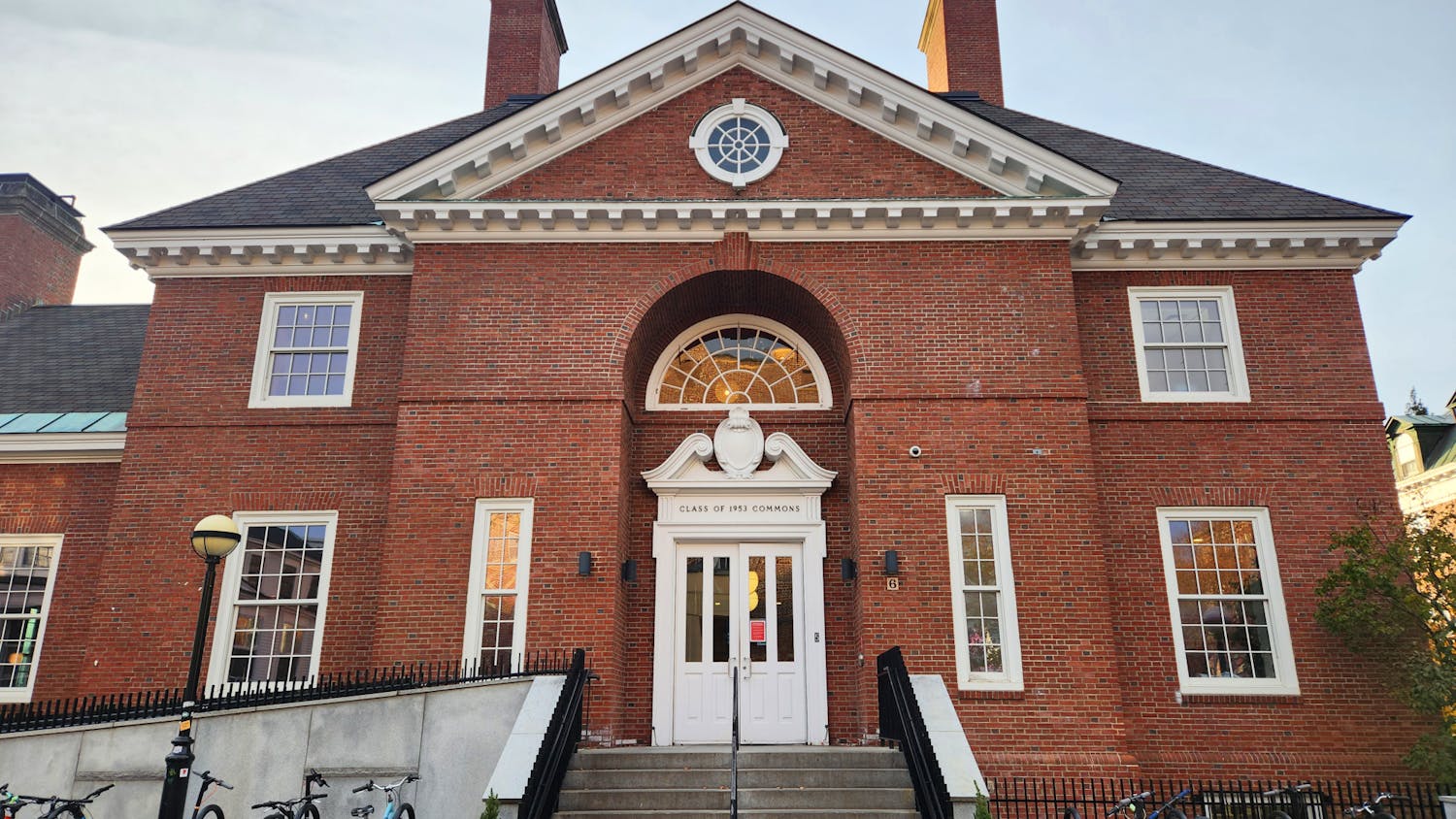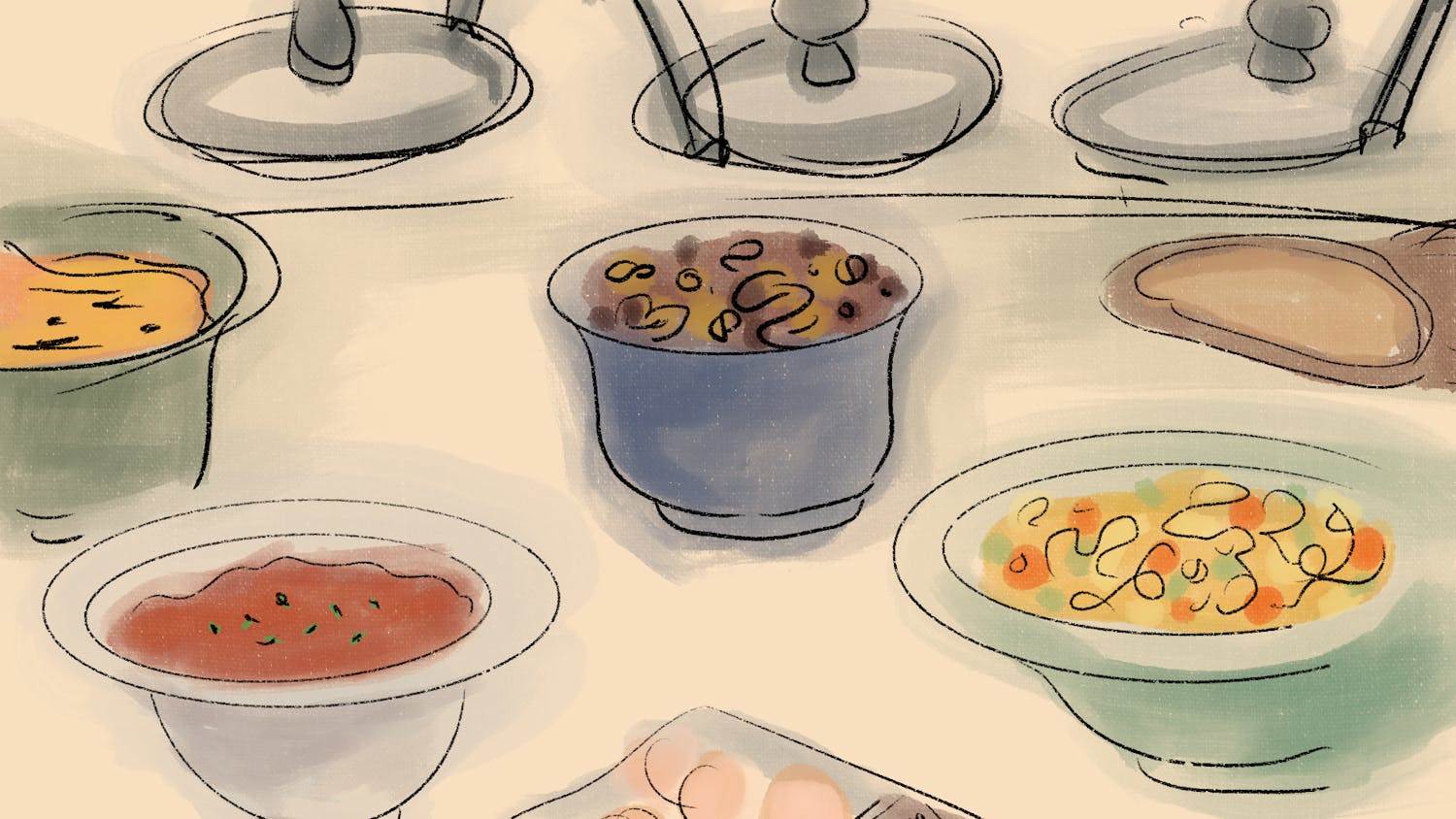We all know the pain of leaving a close friend. In fact, I daresay that most of us were embroiled in a ruthless game of tug-of-war before coming to Dartmouth, torn between the excitement of reinvention and the sorrow of shedding our old self, complete with its crushes, its follies and foibles and, more importantly, all those people who reified if not constructed the person we once were. We vowed to keep in touch, sure, to honor “Snapstreaks,” to call on a daily, weekly or perhaps monthly basis, but no words could assuage that sinking feeling in our stomach, that squeezing pressure in our chests. Because deep down we knew that we would all change despite ourselves, that physical distance was the first step to emotional distance and that emotional distance marked the end of a close bond. Of course, some of our friendships may have managed to defy the passage of time, but the temporality of “best friendship” is a fact of life, objective and indisputable. So why the pain? Ironically, the answer may lie not in the absence of another person but in an absence within ourselves, because to lose a best friend is to lose a cultural identity.
Culture — the behavior and beliefs characteristic of a particular social, ethnic or age group and, more importantly, the bedrock of a best friendship. In the context of friendship, cultural identity is co-constructive: the individuals involved in the friendship create the foundation on which their bond forms and then congeals, yet this same culture in turn shapes their individual identities and, by implication, sense of self.
This process begins with frequency and proximity. Magdalena Raska ’20 and Natalie Sontag ’20, who first met during their freshman fall, both identify the amount of time spent together as the origin of their friendship.
“We were in the same biology class in our freshman fall, and we [also] happened to be assigned to the same floor at the same freshman year dorms in the River,” Sontag said. “And it turns out you get a little bit close to the people on your floor when you’re in the river because you’re there a lot.”
Aaron Lit ’19, who grew up in Hong Kong, and Orkan Sezer ’20, who grew up in Turkey, both found common ground in their international backgrounds.
“What strengthened our friendship was that we really suffered [with] each other through the summer last year,” Lit said. “We basically roomed together and slept on the same mattress on the floor in a disgusting apartment ... for two months.”
To make matters worse, their living situation that summer was not conducive to personal hygiene.
“[Sezer] didn’t shower for three weeks and smelled like s—,” Lit said.
Even so, Lit claims that their living arrangement, however cramped and unhygienic, strengthened their friendship.
Two strangers, one room — they endured not just the stench of unwashed bodies but the accumulation of small irritations inherent to cohabitation.
Though frequency may be a prerequisite for the cultural identity that takes root in friendship insofar as it fosters a sense of familiarity between people, it does not fully account for such an identity. Instead, once we are comfortable with another person, we must pinpoint the core values and activities through which a shared culture can emerge.
Katie Radulovacki ’19, who developed a close bond with Daisy Xu ’19 during their freshman spring, identified some of the values that strengthened their friendship.
“I guess maybe compassion and loyalty are two things we bonded over, besides the fact that I think she’s hilarious,” Radulovacki said. “To pat myself on the back, she thinks I’m pretty funny too.”
These values became the hallmark of their friendship. During her freshman winter, Radulovacki found herself in the intensive care unit of Dartmouth-Hitchcock Medical Center for a week and then in the recovery ward for another two to three weeks. Xu went out of her way to help.
“She knew that my mom and I were both vegan and there’s not much vegan food at the DHMC,” Radulovacki said. “So she went to Tuk Tuk and got both of us vegan food and brought it to the hospital and just sat with us for an hour.”
When they lived together during their sophomore fall and winter, Radulovacki and Xu would showcase their quirky personalities by dressing up in onesies.
“I have a panda onesie from my ‘big’ [sorority sister] and she has a sloth onesie,” Radulovacki said. “We’d put on our animal onesies and go play pong or get some [mozzarella] sticks from Collis, and we’d just sit there in our animal onesies doing our thing.”
Raska and Sontag, on the other hand, bonded over their shared religious beliefs.
“We’re both Christian and we joined the same Bible course,” Raska said.
Sontag noted that their shared values allow them to spend more time together.
“We don’t necessarily feel like we have to go out all the time because we do have these Christian values,” Sontag said. “We do share a lot of the same social spaces like Christian things so we’re usually there together.”
If rituals, shared stories and symbols are some of the many markers of culture, then Raska and Sontag’s friendship and Radulovacki and Xu’s friendship are tantamount to a cultural identity.
Raska and Sontag both bonded over a shared aspect of their identity — their faith — and then proceeded to participate jointly and regularly in activities such as Bible study and other related events. Religious activities, then, became the rituals that subsequently contributed to the formation of a cultural identity.
Similarly, the values of compassion, loyalty and humor form the basis of Raduvolacki and Xu’s cultural identity as friends. While compassion and loyalty manifested themselves in Xu’s decision to visit Radulovacki in the hospital, an event which now represents the origin and thus shared story of their friendship, their sense of humor found tangible expression in the ritualistic activity of braving Collis and fraternities in onesies, undaunted and unashamed.
Yet, the very culture that these best friends unconsciously have constructed from their similarities in turn shape them at a subconscious level. Sontag observes that she and Raska have started to mimic each other’s mannerisms.
“[Raska] was born in New Jersey, and I picked up on a few things,” Sontag said. “She has too. She said y’all.”
Radulovacki has discerned a similar phenomenon.
“[Xu] has definitely picked up some of my idiosyncratic expressions,” she said. “She definitely talks more like me.”
She also notices herself becoming more like Xu in character.
“I am by nature very Type A, very organized,” Radulovacki admitted. “Sometimes I’ll text [Xu] at 4 p.m. and she’s asleep. She has a lot of work ... and she’s just napping.”
Xu’s relaxed persona has influenced Radulovacki’s own posture towards life.
“Her calm has just rubbed off on me and made me realize that ... even if I don’t get all my things done, sometimes I have to prioritize self-care,” Radulovacki said. “I have picked up her more chill demeanor.”
Perhaps more striking, however, is the hybrid cultural identity that can emerge from intercultural friendships.
Lit said his friendship with Sezer consists of many insults exchanged jokingly between each other.
“[Sezer] swears a lot in Turkish,” Lit said. “And it’s rubbing off on me. I swear in Turkish. It’s very bad stuff, which shouldn’t be shared in English. It’s like an inside joke.”
Sezen finds Lit’s attempts at Turkish amusing. “There are definitely a lot of instances where I mimic [Lit’s] accent when he’s swearing in Turkish, his hand gestures,” Sezen added.
The diverse nature of their insults reveals the extent to which their cultural identity has transcended the individual differences between their respective cultures, becoming instead the synthesis of Hong Kong and Turkish ways of life.
Culture, whether hybrid or homogenous, is at the heart of a best friendship; though this culture affects people individually, the fact remains that it locates its origins in the bond between friends, such that it takes two or more people to keep the culture alive, to constantly affirm and maintain this aspect of each other’s identity. This explains that sinking feeling, that squeezing pressure: when we leave a friend, we are bidding farewell to an integral part of ourselves.



